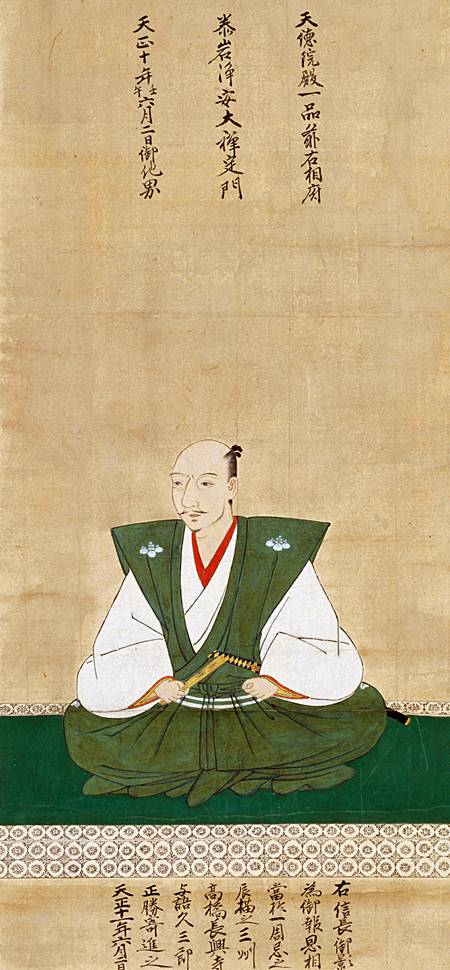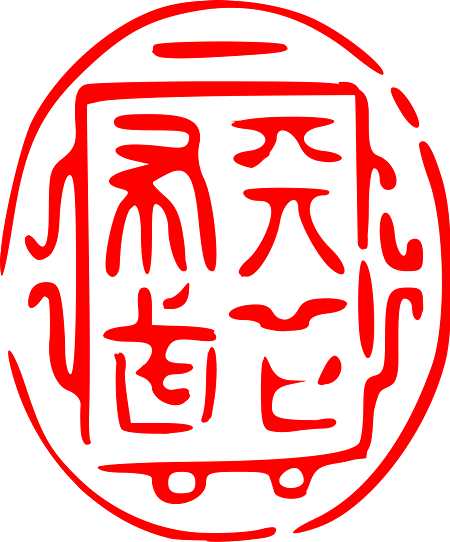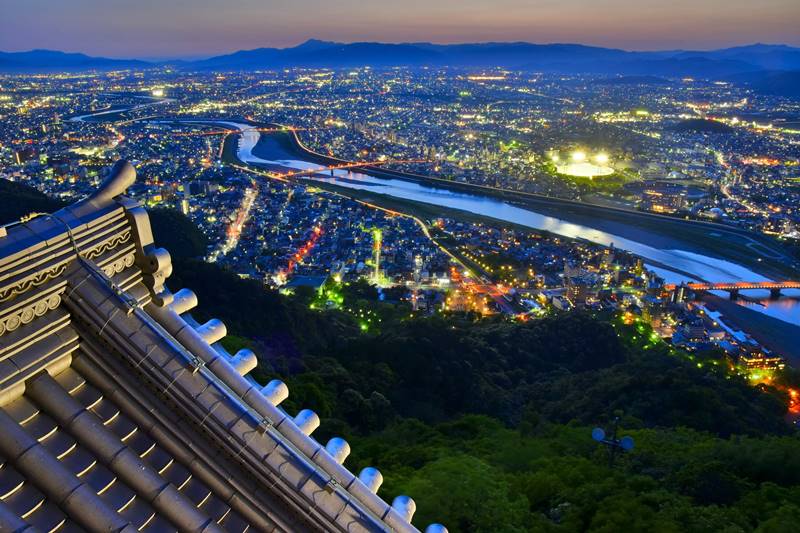This is all about Gifu Castle Ruins you want to know.
Every information you get on this site will be from a credible source based on Japanese history (books for reference).

Collected by the Inagaki family, the Toba Daimyō from the mid-Edo period to the Meiji Restoration, as materials for military studies. There are about 350 illustrations, but there is no uniformity because only illustrations of castles, illustrations including castle towns, and old battlefield illustrations are mixed.
Another typical example of castle picture in the Edo period exists, "The Shōhō Shiroezu", picture of the castle and castle town that the Edo Shogunate ordered the daimyō to create and submit,aggregating military information such as the buildings inside the castle, the height of the stone wall, the width of the moat and the water depth, etc., it also details the location and shape of the castle town and the mountain river.
Profile : Gifu Castle Ruins
| Location | Gifu City, Gifu Prefecture |
| Also known as | Kinkazan Castle, Inabayama Castle |
| Type of castle | Mountaintop |
| Mountain's name | Mt.Kinkazan |
| Elevation | 329m |
| Condition | Reconstructed main keep |
| Designation | City Historic Sites |
| Year built | 1201 |
| Abolished | 1600 |
| Castle lord | Nikaidō Yukimasa |
| Refurbishment lord | Oda Nobunaga |


The stamp used by Oda Nobunaga
Document with red stamp was issued mainly by Sengoku daimyō, feudal lords and generals during the Sengoku Warlord Period to the Edo period.
He used it containing four characters of "Ten-ka-fu-bu"(天-下-布-武) for important documents such as diplomatic documents. It is said that this meanings contains his wish of determination to create a peaceful world without war in four letters "天下布武".

Portuguese missionary died in Nagasaki, Japan

He befriended Oda Nobunaga and stayed in his personal residence in Gifu Castle while writing books for a short while and famous for writing "Japanese History" , which is a valuable source of research on the Sengoku Warlord Period.
Gifu Castle admission
admission fee : 200yen (over age16) 100yen (age4~15) ※Special discounts on entrance fees and armor dressing experience is available ( ↓ refer to below)
admission time :
(March 16-May 11) : am9:30-pm5:30
(May 12-October 16) : am8:30-pm5:30
(October 17-March 15) : am9:30-pm4:30
January 1 : am6:30-pm4:30
closing period : open everyday reference official site
Gifu Castle Google Map
Gifu Castle Images

However, more emphasis was placed on the landscape and livability than for defense and fortification. Although it is a castle, it is hard to attack, but it has been actually attacked seven times in history.
Oda Nobunaga moved his headquarters to Inabayama Castle in 1567 and later renamed Gifu Castle. At that time, Portuguese Missionary Louis Frois, who was by the side of Nobunaga, wrote a detailed account of the beauty of Gifu Castle in his book, "The History of Japan".
According to this interesting writing, it is said that gold leaf was stuck on the first floor of the Ōzashiki,(a wide saloon), "Ō-oku"(Shōgun's Halem) on the second floor of the main keep, a quiet tea room on the third floor, and an observation deck on the fourth floor on the top floor.



Stone wall with natural stone was rebuilt in the Nobunaga era. It have been devised so as not to burden them for preservation.

It is said to be one of Japan's three largest clear streams along with the Kakita and Shimanto Rivers.


Click here for Nagara River and more fun attractions.


Link : A castle closely related to [block]4[/block]
【central japan】Nagashino Castle 【west japan】Odani Castle 【west japan】Azuchi castle 【central japan】Gifu castle
